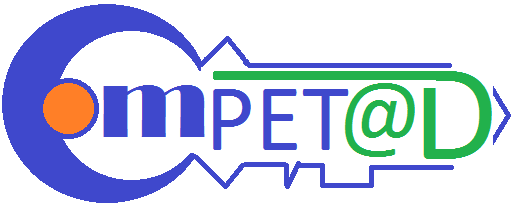Click here to REGISTER
Short Description:
This learning session will help the participants understand HR and Business Policy Formulation is being developed within the organization. It has to be seen holistically across the organization aligned with all the regulatory and statutory legal compliance.
Objectives:
In this module, participants will learn:
- Complete basic knowledge and information of the process, principles, and challenges of modern HR and Business Policy Analysis and Implementation
- Identify adequate skills and knowledge to play an important part in the policy analysis, formulation, and implementation
- Techniques to avoid policy implementation failures
Methodology:
- Instructor-led
- Pep-talk
- Activity
- Demonstration
- Group Presentation
Target Competency:
Creative Thinking, Systems Thinking, ISO Orientation, Presentation Skills, Relational Skills, Technological Adaptability, Effective Communication Skills
Who Should Attend:
- HR Practitioners
- Professionals involves in Policy Writing within the Organization
Course Outline:
- Introduction
- Policy Making and Analysis: Efficiency, Effectiveness, and Adaptability
III. Dynamics of Policy Analysis
- Problem Identification
- Policy Development
- Policy Implementation
- Levels of Policy
- Factors Influencing Policy Implementation
- Necessary Competencies in Policy Development and Implementation
VII. Success Factors
VIII. Causes of Failure of Policy Implementation
- Business Case Presentation and Activity

